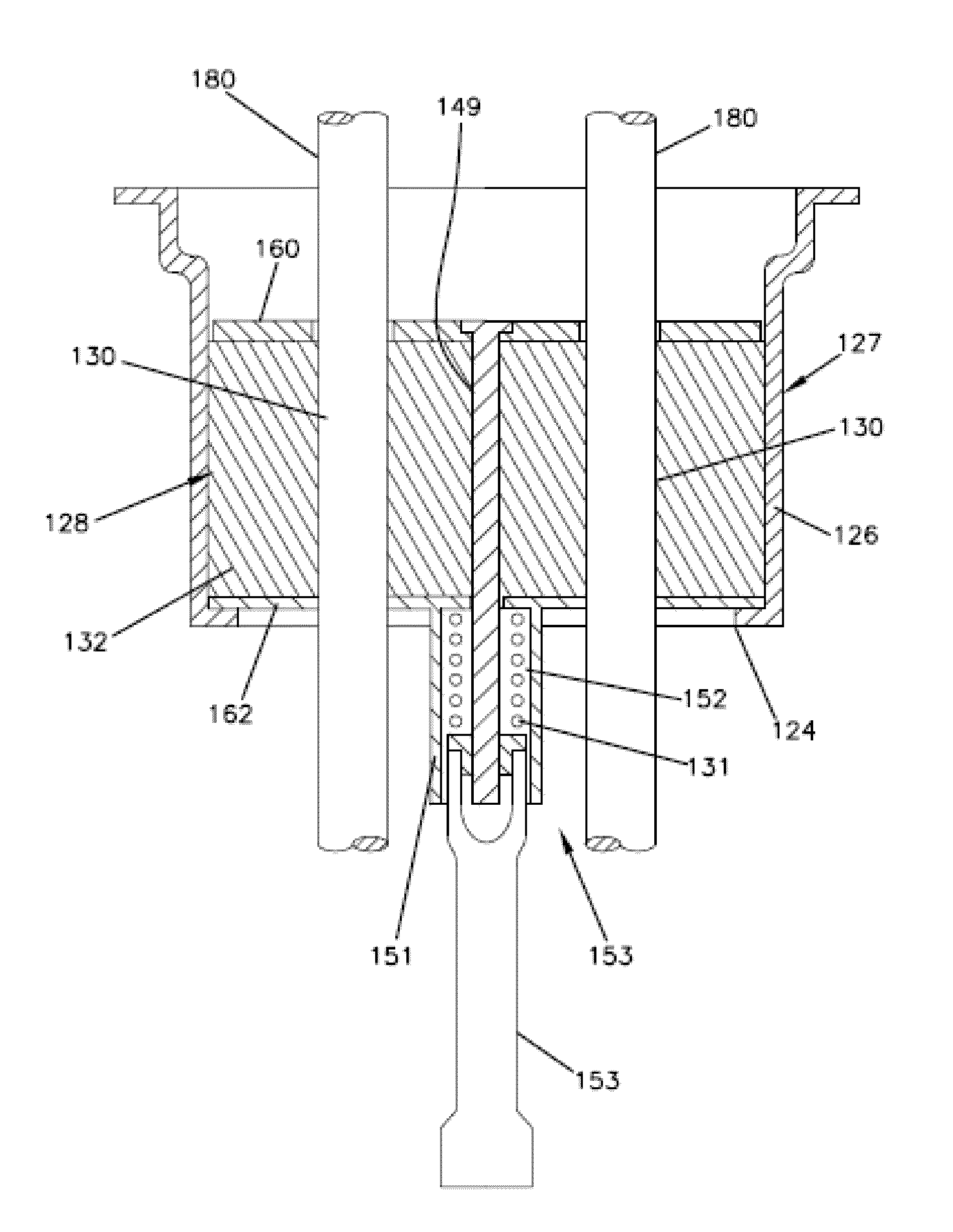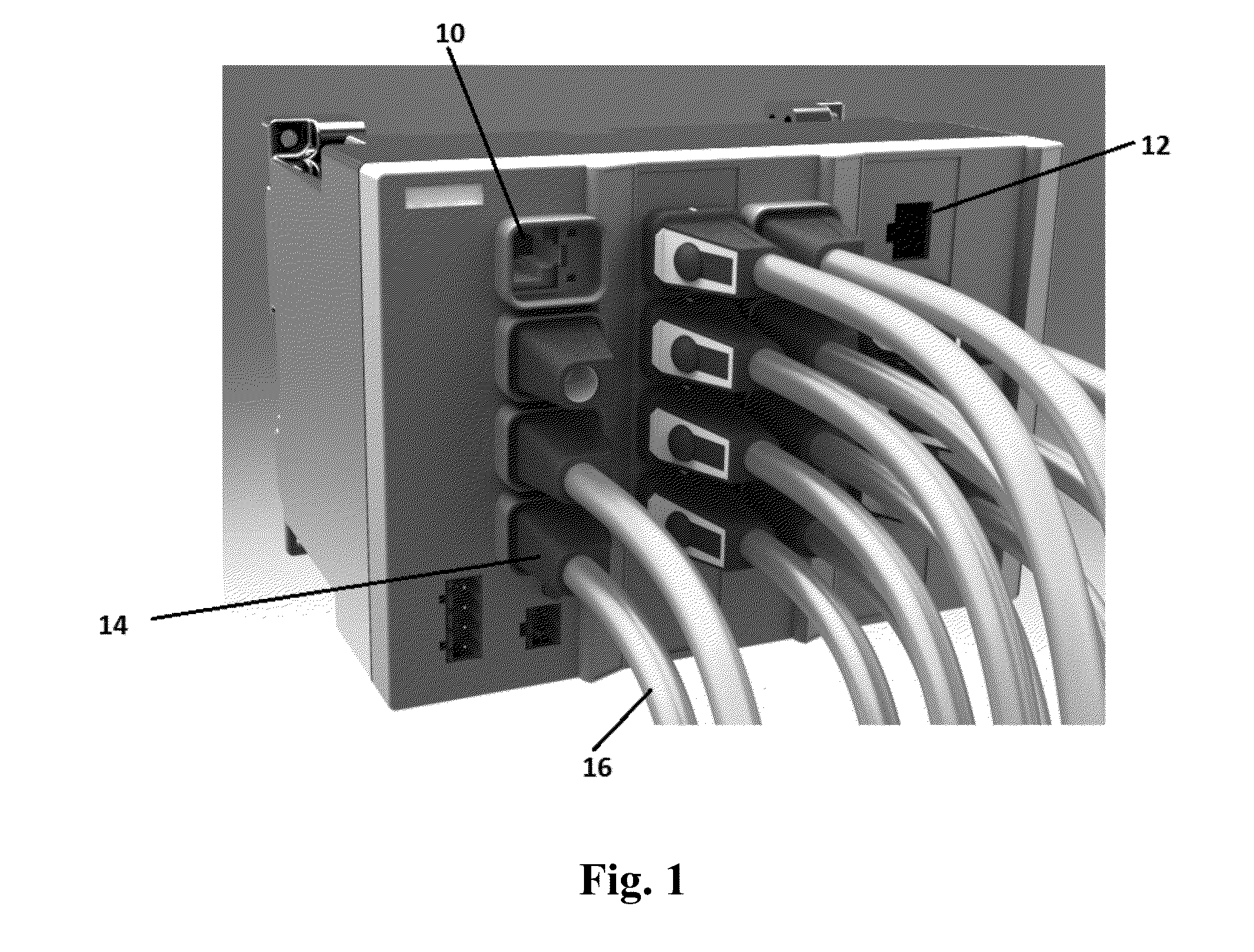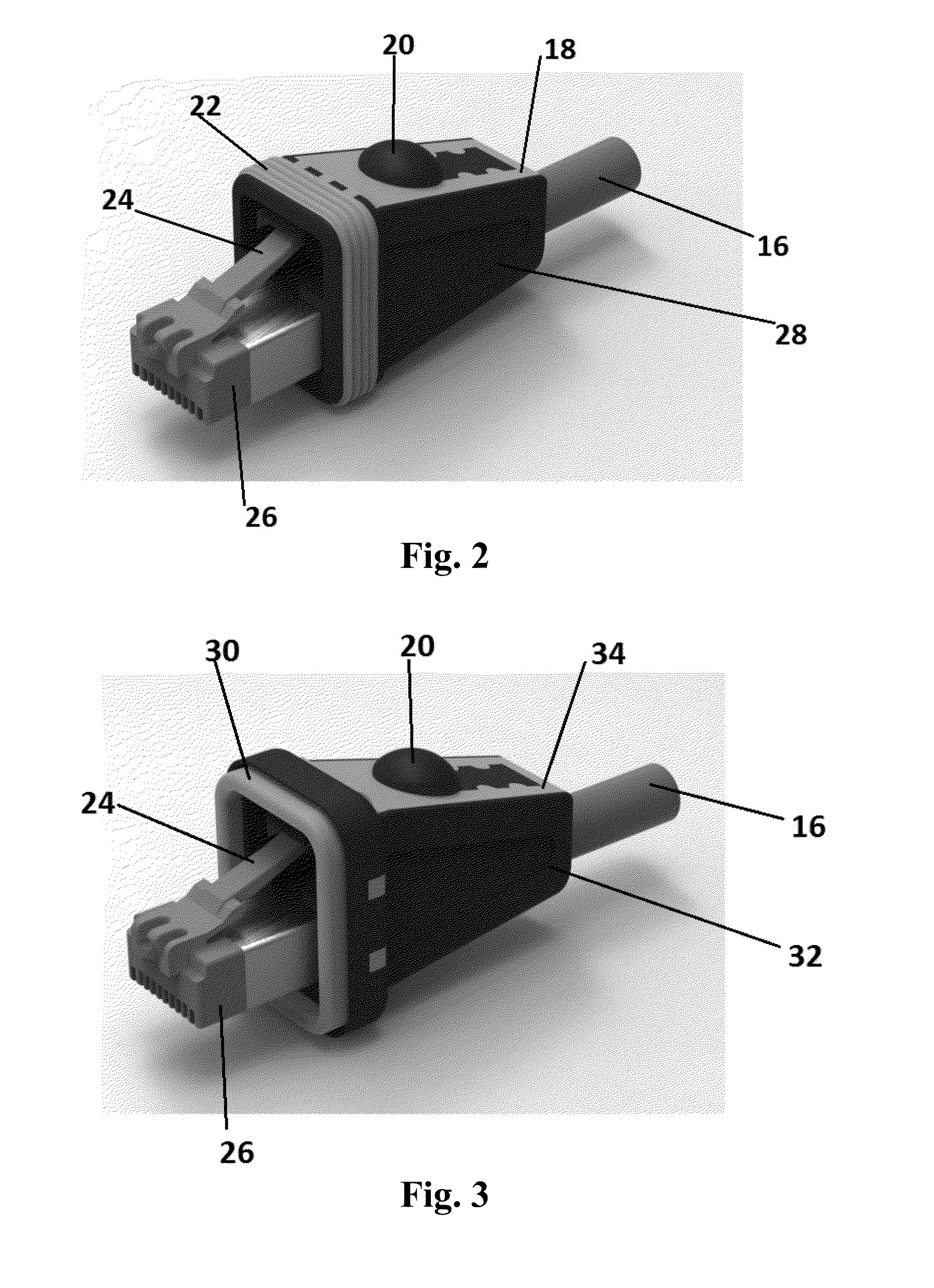Hybrid thermoplastic gels and their methods of making
a thermoplastic gel and hybrid technology, applied in the direction of antifouling/underwater paints, gas-filled discharge tubes, synthetic resin layered products, etc., can solve the problems of increasing environmental environmental and performance requirements of sealants, increasing the difficulty of gel processing, and increasing the difficulty of achieving the effect of cost-effective, efficient and effective manner
- Summary
- Abstract
- Description
- Claims
- Application Information
AI Technical Summary
Benefits of technology
Problems solved by technology
Method used
Image
Examples
example 1
[0120]A thermoplastic gel was made using the following formula:
ComponentWeight PercentMaleated TPC 59582.5Kraton MD668411.0Kraton G1701M4.0Irganox 10761.0Irganox B2250.75Aluminum acetylacetonate (AlAcAc)0.75
[0121]The components were combined at 200° C. using a multi-shaft high shear mixer until a uniform material was obtained (approximately 3 hours of mixing). The composition of matter is a reduction to practice of several of the key ideas disclosed. Maleated TPC 595 represents one embodiment of a functionalized extender. In addition, the formula contains base polymers—maleated Kraton MD6684 and Kraton G1701M. The AlAcAc functions as a coupling agent or ionic crosslinker. Irganox 1076 and Irganox B225 function as stabilizer compositions.
[0122]There are several possibilities for the coupling agent, these include coupling the TPC 595 to itself, coupling the TPC 595 to the MD 6684 and coupling one MD6684 molecule to another. All three possibilities serve to inhibit the bleed out of the...
example 2
[0123]A thermoplastic gel was made using the following formula:
ComponentWeight PercentMaleated TPC 59575.5Kraton MD668415.0Kraton G1701M5.0Irganox 10761.0Zinc acetylacetonate (ZnAcAc)1.0Aluminum acetylacetonate (AlAcAc)2.5
[0124]This gel was made in a similar manner to the previous example and had many of the same characteristics, including reduced extender bleed out compared with a current gel or elastomer formulation which did not contain the functionalized extender.
example 3
[0125]A thermoplastic gel was made using the following formula:
ComponentWeight PercentMaleated TPC 59579.0Kraton MD66846.0Kraton G16515.5Kraton G1701M5.0Irganox 10761.0Licomont ® CaV 102 (calcium salt of2.5montanic acid)
[0126]This gel was made in a similar manner to the previous examples and illustrates that a wide variety of reductions to practice are possible using the concepts outlined in the first paragraphs. These concepts include mixing maleated and non maleated Kratons as well as using a variety of organic metal salts to aid in coupling the maleated extender to the polymer molecules. Lithium, sodium, zinc, and other organic metal salts will also function as coupling agents. A variety of functionalized extenders will also work in similar formulations. These include, but are not limited to, acid modified polybutadienes, functionalized low molecular weight olefin waxes, and acrylic oligomers.
PUM
| Property | Measurement | Unit |
|---|---|---|
| Temperature | aaaaa | aaaaa |
| Temperature | aaaaa | aaaaa |
| Fraction | aaaaa | aaaaa |
Abstract
Description
Claims
Application Information
 Login to View More
Login to View More - R&D
- Intellectual Property
- Life Sciences
- Materials
- Tech Scout
- Unparalleled Data Quality
- Higher Quality Content
- 60% Fewer Hallucinations
Browse by: Latest US Patents, China's latest patents, Technical Efficacy Thesaurus, Application Domain, Technology Topic, Popular Technical Reports.
© 2025 PatSnap. All rights reserved.Legal|Privacy policy|Modern Slavery Act Transparency Statement|Sitemap|About US| Contact US: help@patsnap.com



